Photo credits: The Library of Congress
President Woodrow Wilson, who had just been inaugurated, received Postmaster General Albert Burleson’s proposal to segregate the Railway Mail Service on April 11, 1913.
According to the Equal Justice Initiative, Burleson found it “intolerable” that white and black staff had to share drinking cups and restrooms. Others in Wilson’s administration agreed; Secretary of the Treasury William McAdoo claimed that segregation was required “to eliminate the grounds of complaint and aggravation when white ladies have been obliged to sit at desks with colored men needlessly.”
Black personnel in numerous federal offices were demoted to separate or screened-off workspaces, as well as segregated restrooms and lunchrooms, by the end of 1913. Aside from being physically separated from white workers, Black people were allocated to menial jobs or relocated to divisions that were being phased out. To improve racial screening, the government started demanding pictures of civil service applicants.
Despite the fact that his subordinates carried out the plan, President Wilson justified racial segregation in his government as being in the best interests of African-American employees. He said that the matter was only harmed when Black people were persuaded that segregation was humiliating. Meanwhile, segregation in government employment was considered a major setback for Black Americans’ rights, and it seemed that the President was officially endorsing Jim Crow laws in the South.
After a response that included coordinated demonstrations by the NAACP, segregated restroom signs were finally removed, but discriminatory practices remained, and there was no solid proof of a true policy shift. Until 1940, the federal government required photos of civil service applicants.






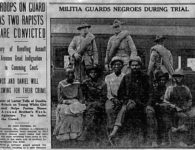

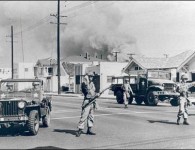
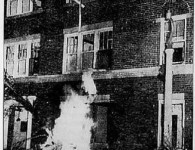
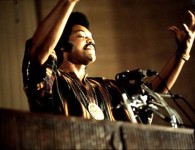
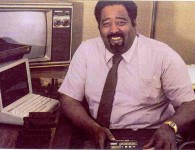



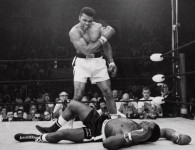

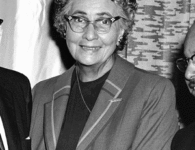
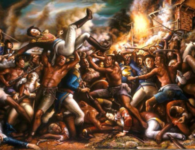

No comments